Suppose you dropped a penny at exactly the same time you threw another penny sideways. Which one hits the ground first? Suppose you also dropped a quarter, what then?
If a speeding car T-bones a stationary car, can you determine the velocity of the speeding car?
In my last post, I shared a bit of my history with the "Mars Spectacular," and I encourage you to take a look at that if you have not already.
But, alas, I can't just stop at refuting this claim by demonstrating that it's been made before. No, I have to refute it with math!
I have gotten a couple of requests from family members for me to share my eclipse experience. They are itching to see my pictures and hear my stories, and I have been so focused on school that none of this material has been forthcoming. Until now!
No, dear website, I have not forgotten about you.
It has simply been a busy couple of weeks...
In a recent post, I calculated the \(\Delta v\) of an unladen Saturn V rocket and concluded that the maximum speed of such a vehicle, when launching from Earth, is over \(36,000\,\mathrm\). As I explained then, that is fast, but not fast enough for our purpose! Furthermore, as is typically the case, we want to use our rocket to carry something into space, and the addition of a payload will slow us down even more!
I am busily working on another post called The Problem with Payloads, within which I make that claim that for any positive numbers \(A\), \(B\), and \(C\), where \(A>B\), \begin{equation} \frac{A}{B} > \frac{A+C}{B+C} > 1. \label{081117frac} \end{equation}
For an upcoming blog post, I need to know the maximum speed that can be achieved by a Saturn V rocket—for SCIENCE!
Yesterday, I posted a detailed explanation of the technique of quantum teleportation and hopefully demonstrated that the process is not as complicated as one might expect! And also that it is not going to lead to Star Trek transporters anytime soon. No, unfortunately, we will have to settle for a mere quantum Internet instead.
It's been a while, but if you have followed this website throughout the past couple of weeks, then you have (hopefully) learned that
In my previous post, I used my latest invention, quantum playing cards, to give specific examples of entangled and non-entangled quantum systems. I recommend reading that article if you have not already done so, or reread it if it has been a while, for today I am going to expand upon that example and use it to introduce a bit of mathematical formalism, which is necessary for our ultimate goal of understanding quantum teleportation.
Not too long ago, I introduced the ideas of entanglement and wave functions with the ultimate goal of explaining quantum teleportation. I also wrote about how I have been too busy to post recently, and how I am therefore anxiously yearning to return to this topic. Since that post, I have been writing as much as I can and feverishly subjecting myself to a crash-course in JavaScript to come up with examples that I think nicely illustrate the basics of quantum entanglement. Hopefully, you will agree and by the end of this post poses the fundamental knowledge necessary to understand this phenomenon.
Yesterday, I introduced the concept of wave functions, which encode all of the information about a quantum system. Specifically, we can use them to derive the probabilities of different outcomes of a particular experiment.
Yesterday, I wrote about research in which scientists teleported quantum information from a laboratory to a satellite in Earth orbit. Today, I would like to describe the basic physics of quantum teleportation and explain a few details about this particular experiment.
Recently, this article has been making the rounds on social media. It's a reprint of this article, which cites this article, which reports on this research. I recommend clicking those links and reading them for yourself, but the headlines are the most important things to note:
The time has come to post some real material to this site—a simple exploration of physics that will (hopefully) build audience interest and help me learn techniques of generating math-laden web content. After spending the last couple of days mulling over which one of my little projects would be the first one I share, the answer came to me late last night in the form of a text message from a friend:



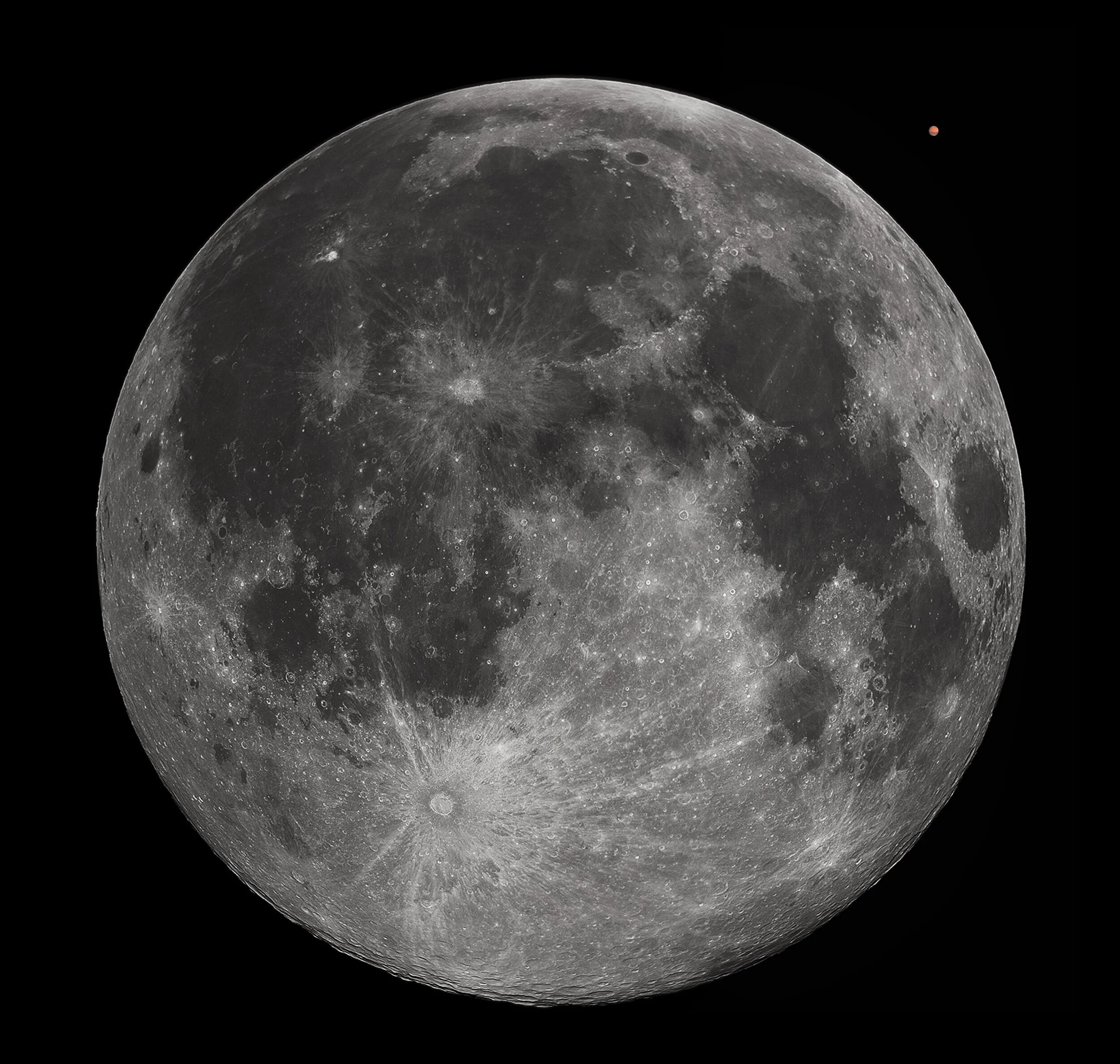



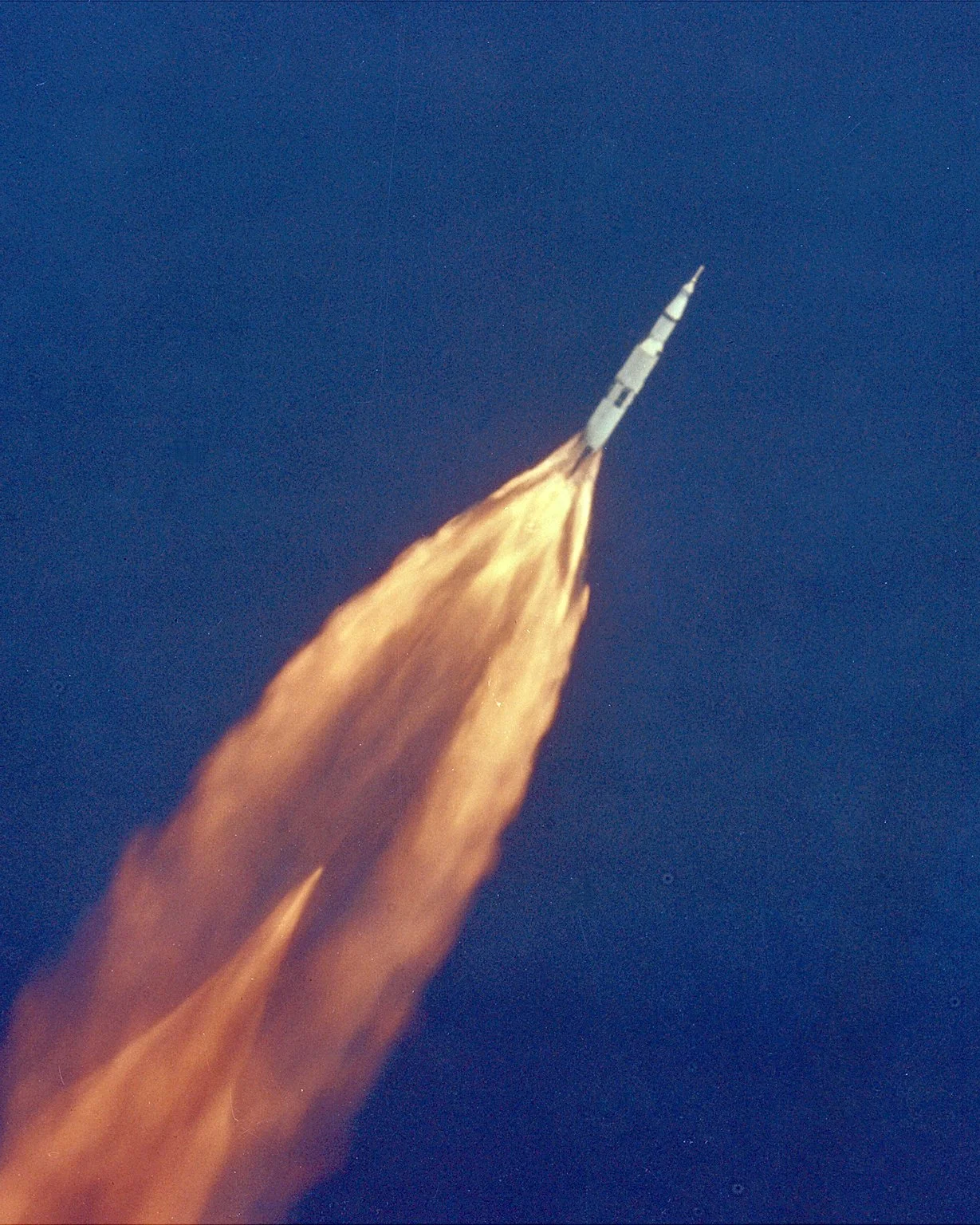

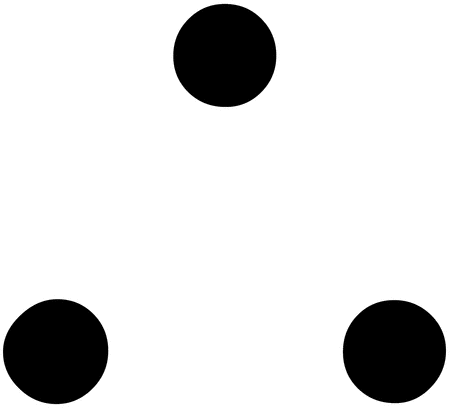




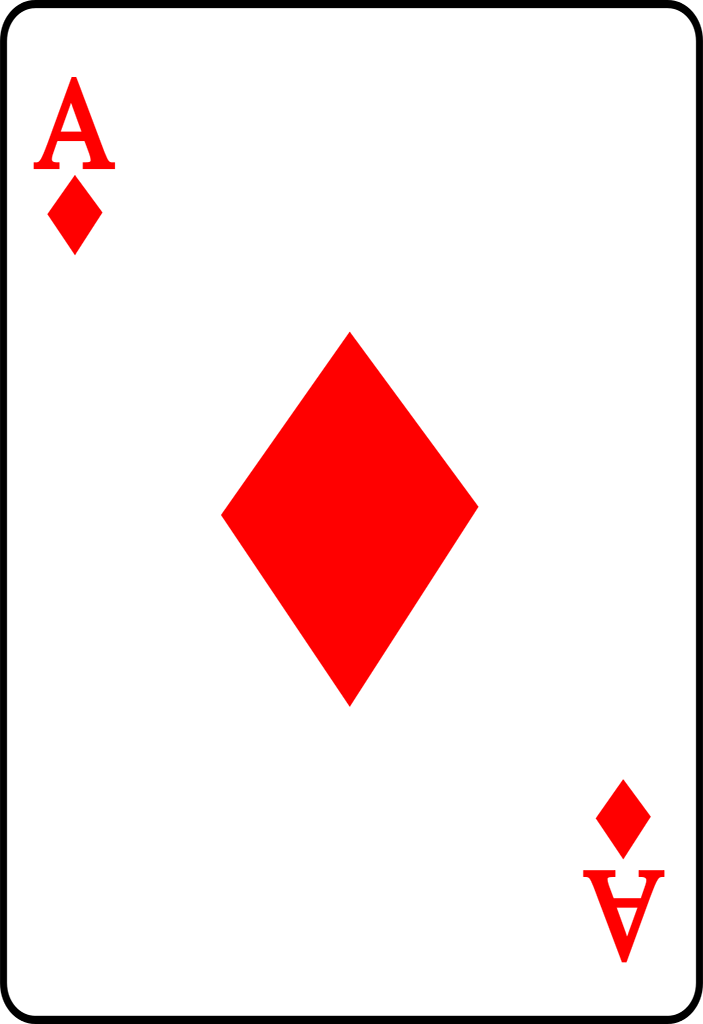
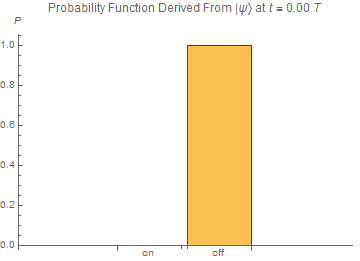

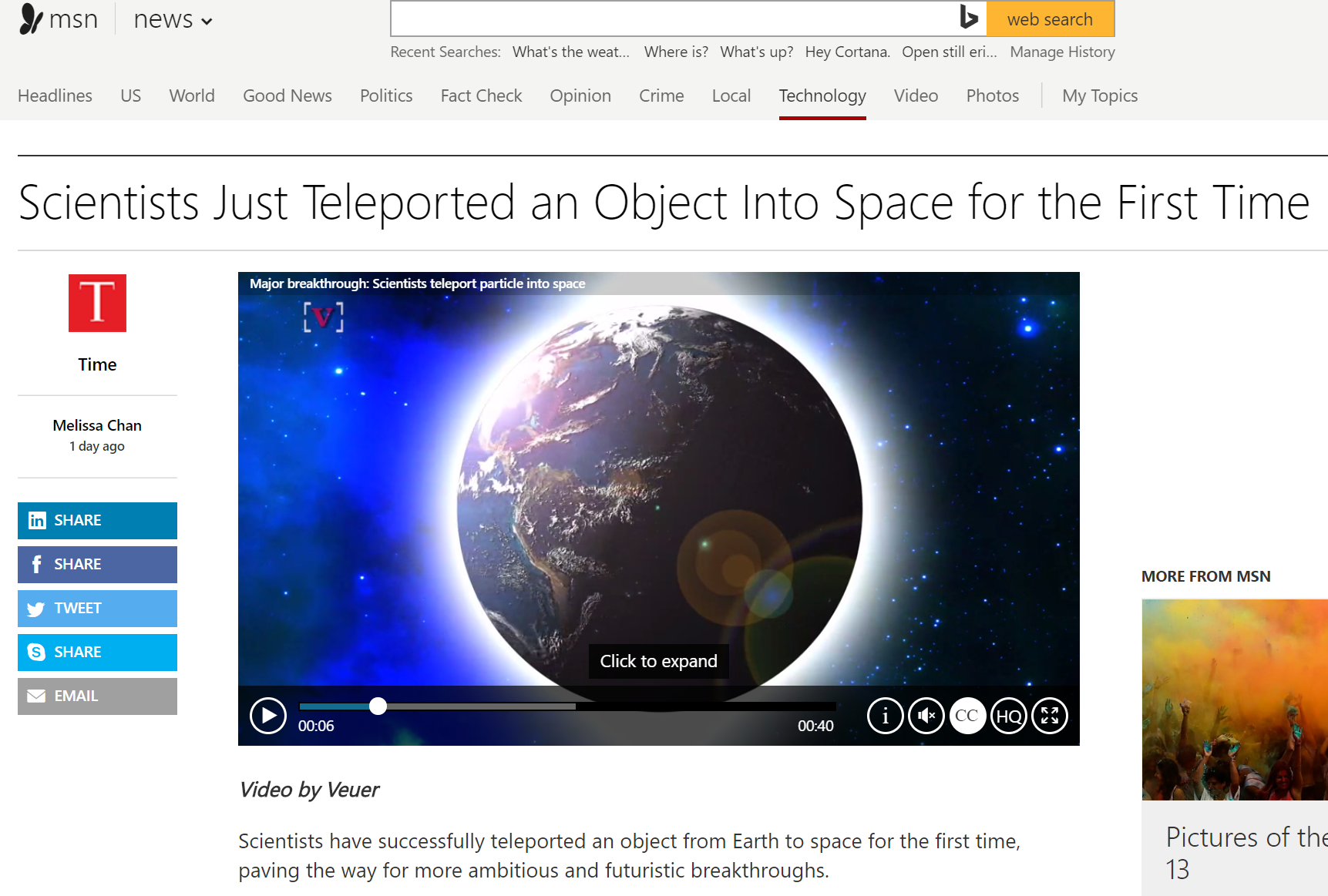



I claimed that my last post was not going to be foundational, and then I went an wrote about pretty much everything which lies at the foundation of classical mechanics. Now it’s time I feel to distill all that down to the bare fundamentals, without the wrapper of a falling coin that my previous post provided.